Scandinavian Airlines (SAS) recently made headlines as it announced the grounding of multiple Airbus A320neos due to the need to inspect a specific component. This move has sparked curiosity among travelers and aviation enthusiasts alike. Let's delve deeper into the situation to understand the reasons behind this decision and its impact.
The Issue Unveiled & Compliance Concerns
SAS revealed that it would ground approximately 18 of its 67 Airbus A320neo aircraft to conduct inspections on their pressure regulator transmitters. This component plays a crucial role in monitoring and adjusting cabin pressure during flights, ensuring the comfort and safety of passengers and crew.
The decision to ground a significant portion of its A320neo fleet was not prompted by the discovery of a fleet-wide fault. Instead, it stemmed from the necessity to comply with regulatory requirements. According to a spokesperson from SAS, the inspections were triggered by a routine check that had not been completed within the designated timeline.
Risk Mitigation & Operational Disruptions
Despite the inconvenience caused by the groundings, SAS reassured passengers that they were not exposed to any risk during their travels. The airline emphasized its commitment to ensuring the highest standards of safety and compliance, prioritizing the well-being of its customers and crew members.
The grounding of 18 A320neos has led to operational disruptions for SAS, with several flights being canceled or delayed. Flight tracking data indicates that 24 flights were canceled on a recent Saturday, accounting for approximately 7% of the airline's schedule. The most affected hub was Oslo (OSL), where a significant number of flights were scrapped.
Minimizing Disruption & Conclusion
Despite the challenges posed by the groundings, SAS is working diligently to minimize disruption for its passengers. The airline has pledged to notify affected travelers via email or SMS, keeping them informed about any changes to their flight itineraries. As of now, no further cancellations have been reported for the following day.
In conclusion, the decision to ground a portion of its A320neo fleet underscores SAS's commitment to upholding safety standards and regulatory compliance. While the inspections may cause temporary disruptions, the airline's proactive approach ensures the continued safety and well-being of its passengers and crew. As SAS works towards resolving the issue promptly, travelers can rest assured that their journeys remain a top priority for the airline.
Read next
Air India has announced special business class fares for its flights to and from countries in South Asia, Southeast Asia, and the Middle East.
The limited-period promotion offers business class fares for up to 35% less than the usual base fares.
The special fares are available on flights to and from Singapore, Bangkok, Phuket, Dhaka, Colombo, Dubai, Abu Dhabi, Doha, Jeddah, Bahrain, Muscat, and Kuwait.
Bookings under the sale are open for two weeks, ending 02 April 2024, for travel until 30 September 2024. The sale offers are available for one-way and round trips and at points of sale in India and outside of India.
The airline said the seat inventory on sale is limited and available on a first-come, first-served basis.
The sale is open on all channels, including Air India’s website, mobile app, airport ticketing offices, and city booking offices. Sale fares are also available with online travel agents (OTAs) and other authorised travel partners.
Sample, discounted base fares without taxes and surcharge (partial listing only) | ||
Route | One-way Base Fare | Round Trip Base Fare |
Delhi-Dubai | INR 35245 | INR 52067 |
Dubai-Delhi | AED 1828 | AED 3209 |
Delhi-Doha | INR 29374 | INR 57951 |
Doha-Delhi | QAR 1463 | QAR 2308 |
Delhi-Bangkok | INR 25320 | INR 41027 |
Bangkok-Delhi | THB 12526 | THB 24304 |
Delhi-Singapore | INR 31042 | INR 53954 |
Singapore-Delhi | SGD 1009 | SGD 1577 |
INR = Indian Rupee, SGD = Singapore Dollar, THB = Thai Baht, and QAR = Qatari Riyal. Due to applicable rates of exchange and taxes, the fares may vary marginally in different cities.
Last year, Air India placed orders for 470 planes with Airbus and Boeing and now operates 135 aircraft. The Air India group, which includes Air India Expres, plans to induct one aircraft every six days on average throughout 2024, including five more Airbus A350 wide-body aircraft, 46 Boeing 737s, and 17 Airbus A320 narrow-body planes, as also four leased Boeing 777 wide-body planes.
Read next
In a significant development in the aviation industry, Airbus has clinched substantial orders from two of Boeing's key Asian customers, marking a triumph for the European aircraft manufacturer amidst the backdrop of quality concerns plaguing its American counterpart. Let's delve deeper into the details of these deals and their implications.
Airbus Secures Orders Amid Boeing's Quality Issues
Amidst Boeing's ongoing struggles with quality control, Airbus has emerged victorious by securing orders for 65 jets from two prominent Asian carriers. These orders come at a critical time for Boeing, which is grappling with a manufacturing crisis following a mid-flight panel blowout on one of its 737 MAX 9 jets.
Japan Airlines (JAL) Turns to Airbus
Japan Airlines announced its decision to purchase 21 wide-body A350-900 and 11 A321neo narrow-body jets from Airbus, marking a significant departure from its traditional reliance on Boeing aircraft. This move underscores Airbus's growing foothold in a market traditionally dominated by its American rival.
Korean Air Diversifies Fleet with Airbus A350s
In another blow to Boeing, Korean Air, South Korea's largest carrier, has opted to order 33 A350s from Airbus, signaling its first purchase of this aircraft family. This decision comes as Korean Air prepares for a merger with Asiana Airlines and seeks to modernize its fleet.
Boeing's Response and Market Share Dynamics
Despite these setbacks, Boeing remains a formidable player in the aviation market, with significant in-service market share in Northeast Asia. However, Airbus's recent successes highlight the growing competition in the industry, fueled in part by concerns over Boeing's production standards.
Implications for the Aviation Industry
The orders secured by Airbus underscore the strong demand for efficient, long-haul aircraft, particularly in regions like Asia and the Middle East. As international travel gradually rebounds from the impact of the pandemic, airlines are prioritizing the acquisition of new-generation planes to meet evolving passenger demands and sustainability goals.
Conclusion
As Airbus celebrates its recent victories, the aviation industry is witnessing a shifting landscape characterized by intensifying competition and evolving customer preferences. While Boeing navigates through its current challenges, Airbus continues to capitalize on opportunities to expand its market presence and solidify its position as a leading aircraft manufacturer on the global stage.
With Inputs from Reuters
Read next
Are Airline Labor Contracts Taking Flight? Southwest' Recent Deal Raises Questions
Abhishek Nayar
23 Mar 2024
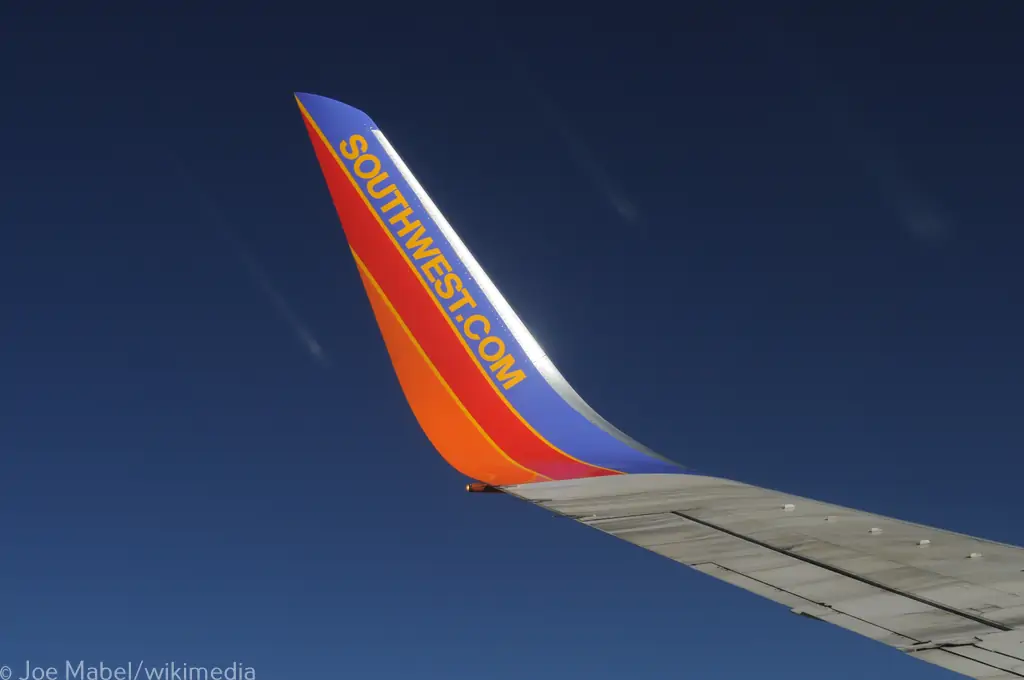
In an era marked by labor disputes and negotiations across various industries, the aviation sector has been no exception. Recently, Southwest Airlines made headlines with the approval of a new five-year labor contract covering 18,000 workers, representing a significant milestone in the ongoing saga of airline labor relations.
Southwest's New Labor Contract
Southwest Airlines announced on Thursday that ramp, operations, provisioning, and cargo agents had given the green light to a new five-year labor contract. Represented by the Transport Workers Union (TWU) Local 555, these workers secured a deal that promises significant improvements in wages and benefits.
Key Highlights of the Contract
The approved contract features several noteworthy provisions aimed at enhancing workers' compensation and job conditions:
- Wage Increase: The agreement sets a wage rate of $38 per hour at the top of the pay scale, representing a substantial raise for employees. This rate, according to TWU, stands at 6.6% above the current industry-leading rate offered by United Airlines.
- Accelerated Advancement: Workers will now have the opportunity to reach the top of the pay scale after 10 years of service, a year earlier than the previous arrangement.
- Broader Context: The negotiations between Southwest Airlines and its workers come amidst broader labor movements within the aviation industry. Over the past two years, unions representing pilots, flight attendants, and maintenance workers have been advocating for higher wages, improved scheduling, and additional benefits, capitalizing on the backdrop of a tight U.S. labor market.
Implications and Significance
The successful conclusion of this labor contract marks a significant achievement for both Southwest Airlines and its workforce. By addressing key concerns such as wages and advancement opportunities, the airline demonstrates a commitment to fostering positive labor relations and ensuring employee satisfaction.
Continued Challenges and Negotiations
While Southwest celebrates this milestone, challenges persist within the aviation labor landscape. Just a day before the announcement of the new contract, the union representing nearly 20,000 of Southwest's flight attendants reached a tentative agreement on a new labor contract after facing setbacks in previous attempts.
Conclusion
As Southwest Airlines solidifies its latest labor contract, questions arise regarding the broader implications for the aviation industry. Will other airlines follow suit, offering competitive wages and improved working conditions to retain talent in an increasingly competitive labor market? Only time will tell, but for now, Southwest's groundbreaking deal sets a promising precedent for airline labor relations in the years to come.
With Inputs from Reuters
Read next
India's aviation sector, marked by rapid growth and expansion, is currently grappling with a significant safety concern – pilot fatigue. In a recent development, the country's air safety watchdog has imposed a hefty fine on Tata Group-owned Air India for breaching flight duty time limitations and fatigue management protocols. This action underscores the urgent need for stricter enforcement of safety regulations in one of the world's fastest-growing aviation markets.
Rising Concerns Over Pilot Fatigue
Pilot fatigue has emerged as a pressing issue in the global aviation industry, with its potential to compromise flight safety. In India, where air travel demand is skyrocketing, the issue has garnered heightened attention following a tragic incident involving an IndiGo pilot who collapsed and died before his flight in August last year. Subsequent investigations revealed alarming trends related to pilot fatigue, prompting regulatory action.
DGCA's Enforcement Measures & Air India's Violations
The Directorate General of Civil Aviation (DGCA), India's aviation regulator, recently announced an increase in the mandatory weekly rest period for flight crew from 36 to 48 hours. This decision came after a comprehensive review of pilot fatigue data and aimed to enhance safety standards across the industry. Despite these measures, Air India, one of the country's prominent carriers, has been found in violation of the revised rules pertaining to crew rest.
The DGCA's investigation revealed several shortcomings in Air India's adherence to fatigue management protocols. The airline failed to provide adequate weekly rest, sufficient rest before and after ultra-long flights, and proper rest during layovers for its flight crew. These violations not only contravene regulatory requirements but also pose significant risks to flight safety, potentially endangering passengers and crew alike.
Regulatory Response and Compliance
Following the spot audit conducted in January, the DGCA issued a show cause notice to Air India, seeking clarification on the observed discrepancies. However, the airline's response was deemed unsatisfactory by the regulator, prompting the imposition of a fine. This enforcement action sends a clear message about the importance of compliance with air safety regulations and underscores the need for all stakeholders to prioritize safety above all else.
Industry Implications & Conclusion
The enforcement action against Air India comes at a critical juncture for India's aviation industry, which is witnessing unprecedented growth and expansion. With multiple airlines, including IndiGo and Air India, placing substantial orders for new aircraft, ensuring robust safety standards is paramount. Failure to address concerns related to pilot fatigue could not only tarnish the industry's reputation but also result in potentially catastrophic consequences.
The fine imposed on Air India by the DGCA serves as a stark reminder of the imperative to uphold stringent safety standards in the aviation sector. As India continues its trajectory as a key player in the global aviation market, addressing issues such as pilot fatigue requires concerted efforts from regulators, airlines, and industry stakeholders. By prioritizing safety and compliance, the industry can ensure safe and secure air travel for millions of passengers while maintaining its growth trajectory.
With Inputs from Reuters
Read next
Is a Dual-Airport System the Key to Soaring Success in India's Aviation Sector?
Abhishek Nayar
23 Mar 2024
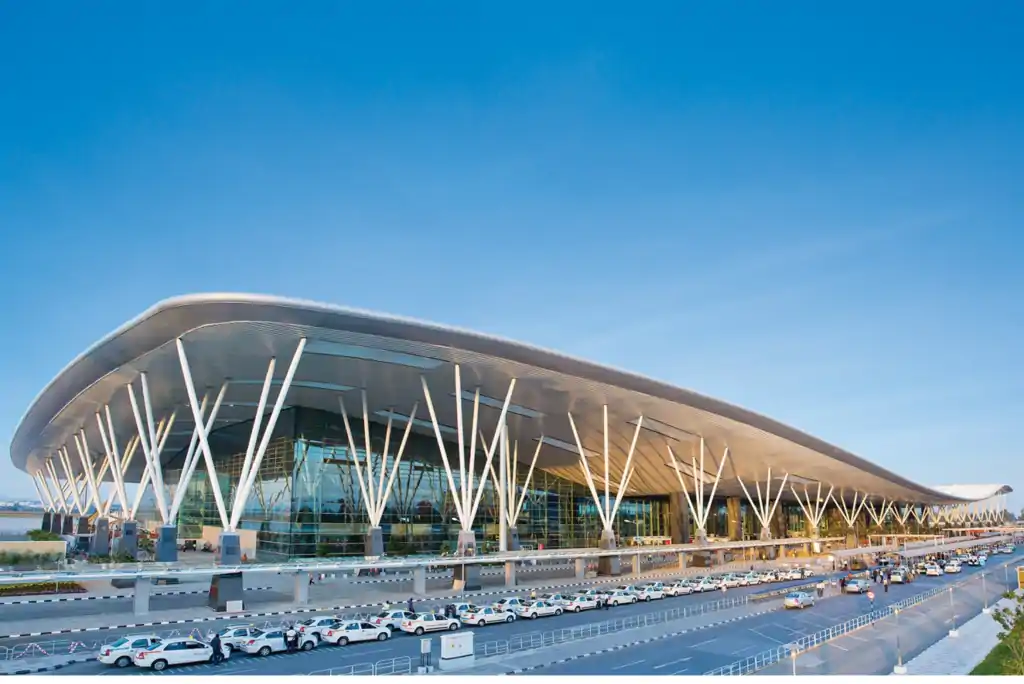
In a dynamic world where air travel is burgeoning, India stands at the crossroads of a pivotal decision: to embrace the dual-airport system or not? Jaideep Mirchandani, Chairman of the UAE-based aviation conglomerate, Sky One, has been a vocal advocate for this strategy, believing it to be the catalyst for India's aviation sector transformation. But what exactly does a dual-airport system entail, and how might it shape India's aviation landscape?
The Case for Dual-Airport System
Mirchandani emphasizes the multitude of benefits a dual-airport system could bring to India's aviation infrastructure. From alleviating air traffic congestion to enhancing accessibility and resilience, the advantages are substantial. Drawing parallels with global metropolises like London, New York, Shanghai, and Tokyo, where dual or multiple airports thrive, Mirchandani underscores the urgency for India to adopt a similar approach.
Government Initiatives and Vision
The Indian government has taken strides in this direction, with the Ministry of Civil Aviation unveiling plans to develop six dual airports by 2030. Notable projects include the Noida International Airport at Jewar and the DB Patil International Airport in Navi Mumbai. With aims to have 15 such facilities by 2040 and over 30 by 2047, India's aviation ambitions are nothing short of ambitious.
Addressing Future Needs
A study on 'Travel Trends in the Next 30 Years' further bolsters the case for a diversified airport portfolio, catering to diverse city requirements, from business hubs to leisure destinations. Mirchandani stresses the necessity for such foresight to accommodate India's burgeoning air travel demands.
Economic Implications and Beyond
Mirchandani contends that the benefits of a dual-airport system extend far beyond mere infrastructure expansion. Economic growth across regions is spurred, with strategic aircraft operations relocation optimizing capacity allocation, thereby enhancing international traffic and overall capacity.
Conclusion: A Leap towards Modernization
In conclusion, Mirchandani advocates for a swift transition to a dual-airport system, positioning India as a global aviation leader. As existing airports near saturation, the imperative for new facilities becomes undeniable. The vision is clear: unlock India's aviation potential through strategic infrastructure development.
As India marches towards its aviation modernization goals, the question remains: will a dual-airport system be the key to unlocking soaring success? Only time will tell, but one thing is certain: the skies are ripe with possibilities.



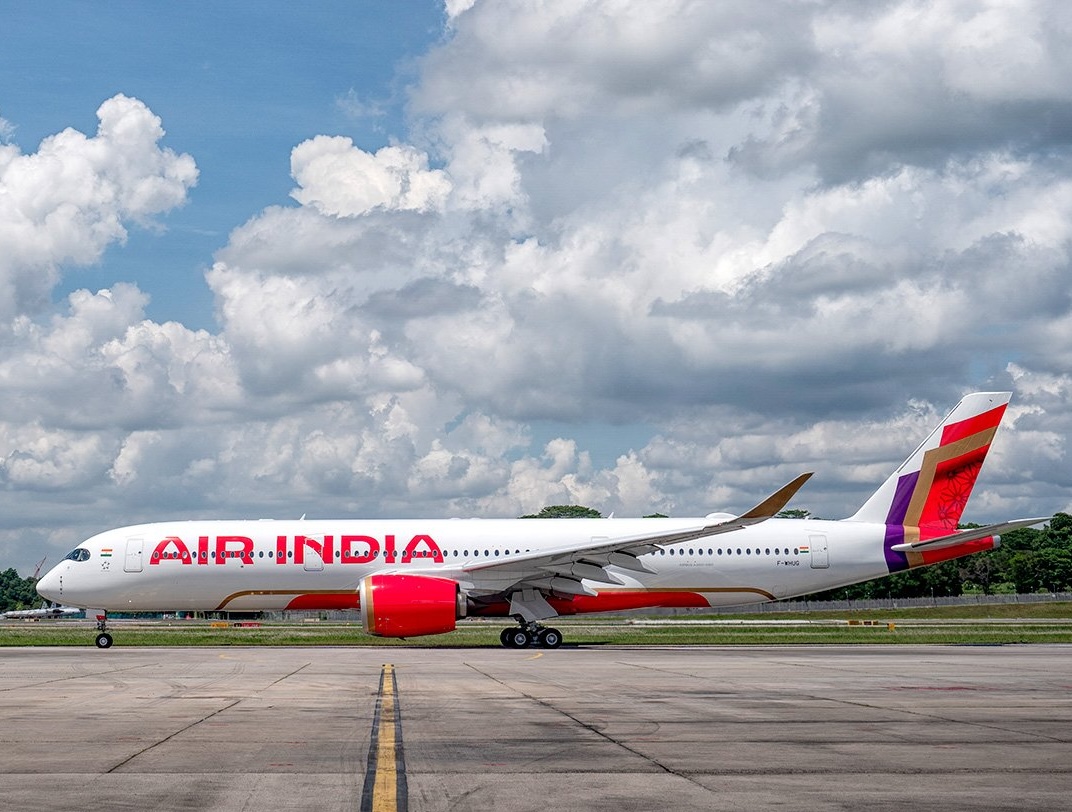
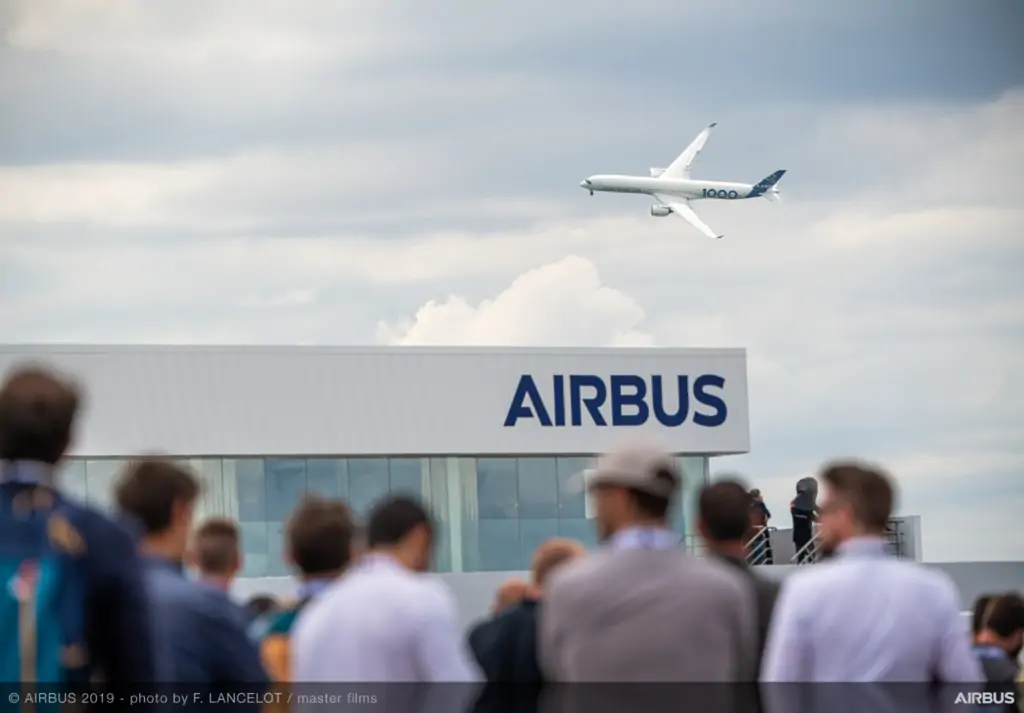
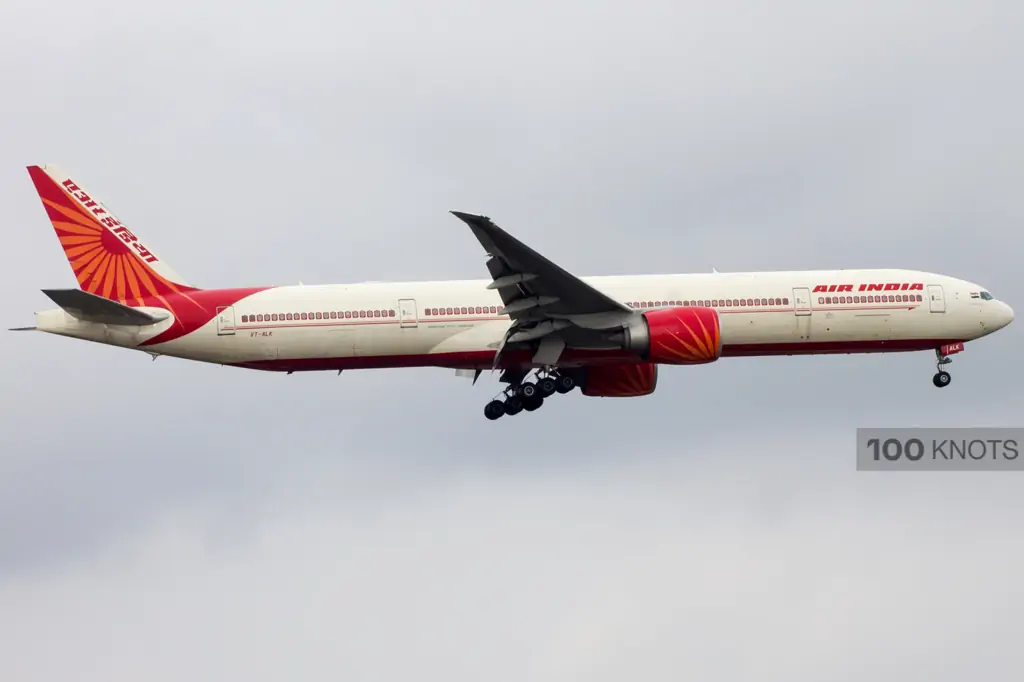
Comment